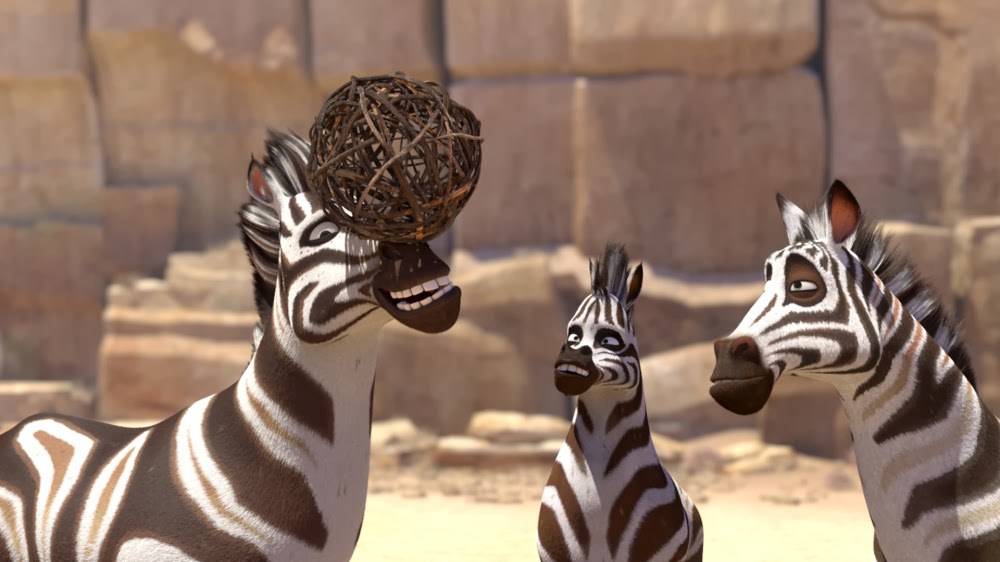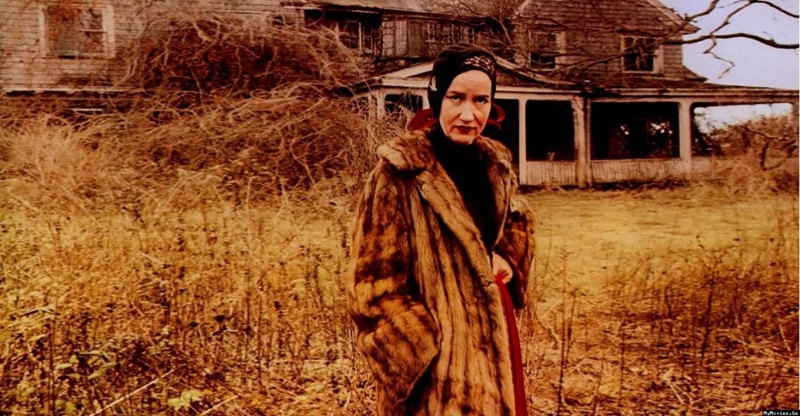If you ask me to pick my favorite under-50 director today, with only a slight hesitation, I would choose Jia Zhang-ke. Not yet 40, Jia is perhaps the most prominent member of the Sixth Generation of Chinese filmmakers and has become a favored auteur among the cognoscenti. His first breakthrough hit on the festival circuit was “Platform” (2000) and he sealed his reputation with 2004’s “The World” which holds many distinctions, among them being the best film ever made about cell phones.
Jia’s career continued to soar, and in 2006 he exploded onto everyone’s radar by winning the Golden Lion in Venice with “Still Life.” “Platform” was set in Jia’s hometown province of Shanxi in central China. In “Still Life” he sends two Shanxi natives south to Fengjie along the Yangtze River where many of the residents have been displaced by the massive Three Gorges Dam project, now the largest power station in the world.
Coal miner Han Sanming (Han Sanming) has come to Fengjie to look for his ex-wife and daughter, neither of whom he has seen in sixteen years. Treated in a largely separate story, nurse Shen Hong (Tao Zhao) comes looking for her estranged husband. Both of them will have to be very patient.
The only growth business left in the two-thousand year old town is demolition. Unable to locate his wife at her now submerged address (“See that island? That’s your town.”), Han settles for work with a crew while he waits for his wife to return. There’s really not much left to do in Fengjie except to wait. Shen Hong has to wait too, as her husband is a big-time boss (of the demolition company) who is difficult to track down. She falls in with one of her husband’s friends and glides along on the fringes of the local business community.
As is always the case with Jia, plot recedes into the background and time and location are emphasized instead. Working with high def video, Jia and his great cinematographer Yu Lik-wai explore the environment so thoroughly and with such attention to detail, “Still Life” has the feel of a documentary which is not a coincidence since Jia simultaneously shot the documentary “Dong” (also included on this disc) in the same setting. Nominally about painter Liu Xiaodong, the documentary rambles freely, sometimes observing Liu at work, and other times simply roving through the city. The two lead characters from “Still Life” wander through the documentary at different points, and Jia’s fictional universe bleeds into his non-fictional one. One shot is even repeated in both movies. Jia isn’t necessarily making a point about the two modes of filmmaking so much as he is telling one unified story from multiple perspectives that are readily interchangeable.
In his early films, Jia could loosely be described as a neo-realist but beginning with “The World” he tapped into a more fanciful sensibility. In “The World” he used animated sequences when characters texted each other on their phones. In “Still Life” he blurs another boundary as live-action (“real”) settings suddenly become animated. A UFO suddenly shows up in one scene, providing an unlikely transition from Han Sanming’s story to Shen’s. It is never mentioned again. In another shot, a tall building in the background shoots into the sky like a rocket ship. Why? According to Jia, it just looked like a rocket ship. Simple enough.
This playfulness reflects a generosity of spirit that imbues even the drabbest of Jia’s settings with a sense of vibrancy. Fengjie may be in the process of being sucked into the neo-capitalist maelstrom of the Three Gorges Dam but the city and the countryside still shine like jewels. The beautiful river and hills are always lurking in the background whether partly shrouded polluted skies or shown in full bloom on a rare crystal clear day.
The people of Fengjie also refuse to go gentle into that good night. Even with limited options for work and play, they do their best to thrive. A boy shows up from time to time to whistle a tune and bum a cigarette; he breezes through life just fine. Han also befriends a young man who models his every mannerism after Hong Kong movie star Chow Yun-Fat. He’s a wanna-be gangster with a smile and a snappy way of lighting a cigarette. Their budding friendship leads to yet another great cell phone scene in Jia’s oeuvre when the two exchange numbers and ring tones, setting up a powerful payoff later on.
Exchange is another major theme in the film as the characters trade luxury items with each other. Jia even uses on-screen titles to separate the film (very loosely) into chapters: cigarettes, tea, liquor, and toffee (or candy.) According to the director, these are items that were all strictly rationed in the past and have only recently become more widely available. They function here as ways of making a quick connection, or showing affection. It’s borderline kitsch of the Jim Jarmusch variety (“Coffee and Cigarettes” – it can’t be a coincidence) but it works perfectly.
Like so many of my favorite films, “Still Life” affords the pleasure of spending time with characters and watching events leisurely unfold in real time. Jia’s use of long takes isn’t nearly as programmatic as in films by notoriously “challenging” directors such as Tsai Ming-liang or Bela Tarr. He varies duration and scale freely, moving from long-distance landscape shots to close-ups (though he rarely uses extreme close-ups) to strike a balance between the people and places, both of equal importance, in his movies. While “Still Life” offers several beautiful shots of distant hills, the most enduring image of all is probably that of Han in his ratty t-shirt that somehow looks distinct even compared to all the other ratty t-shirts.
Playful and moody, naturalistic and surreal, “Still Life” is a film not to be missed.
VIDEO
The film is presented in an anamorphic 1.78:1 transfer enhanced for 16×9 televisions. The interlaced transfer shows some bleeding when the picture is all black but the overall image quality. The colors aren’t as vibrant as they could be, but it looks fine.
AUDIO
The DVD is presented in Dolby Digital 5.1. Optional English subtitles support the Mandarin audio.
EXTRAS
As discussed above, the companion documentary “Dong” (70 min.) is included as an “extra” but it’s really a second film on one disc which makes this one of the juicier New Yorker offerings of the year. Though each film can be fully enjoyed separately, they are meant to be seen together which means that the DVD actually provides viewers an opportunity most festival attendees didn’t have. It’s not quite on the same level as “Still Life” but it’s still a fine documentary and a wonderful offering on this disc.
There is also a subtitled interview with Jia (17 min.) which is very illuminating.
The DVD also includes a trailer and a PDF Press Kit.
A thin insert booklet features essays by Sheldon Liu and Berenice Reynaud.
NOTE: The extras rating below ignores “Dong” which hardly deserves to be labeled a mere extra.
FILM VALUE
I think “The World” and “Still Life” are Jia’s masterworks to this date, as well as two of the best films made in the past five years. I’d be hard-pressed to pick between the two and fortunately I don’t have to. There’s a good reason “Still Life” won in Venice, and it’s a sign of the desultory state of American distribution that the movie only received a very brief theatrical run in L.A./N.Y. earlier this year (2008.) There’s also no chance that Jia’s new documentary, the oblique and mesmerizing “24 City,” will ever make it to a theater near you. For now, Jia will live for American audiences only at festivals and on DVD.


